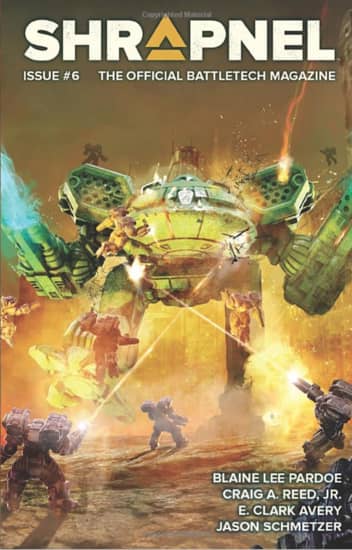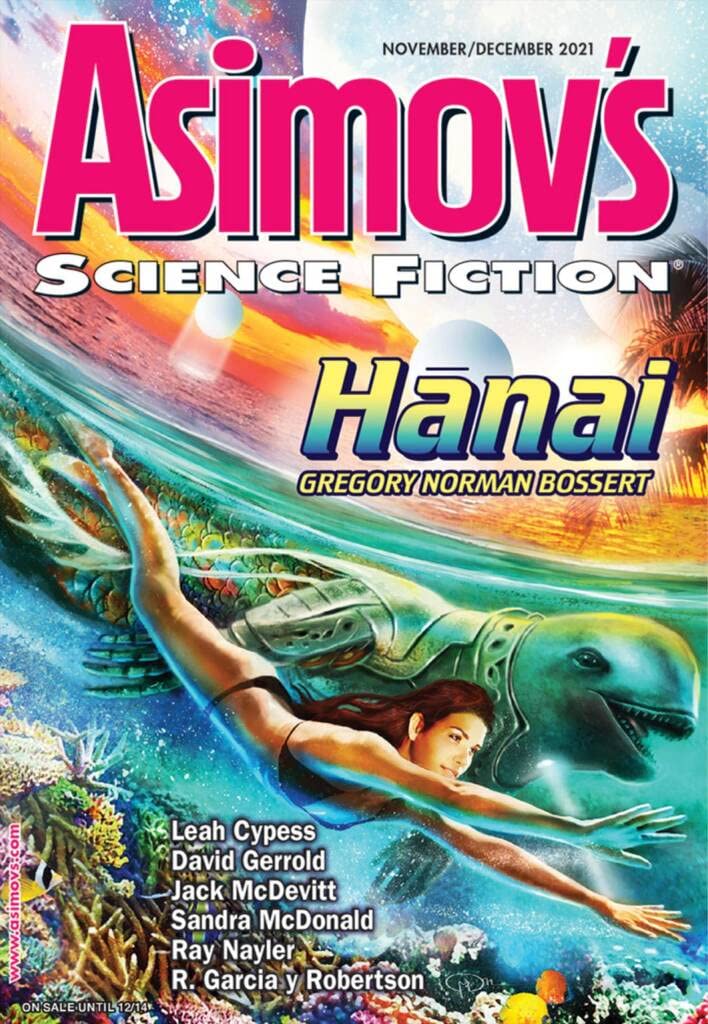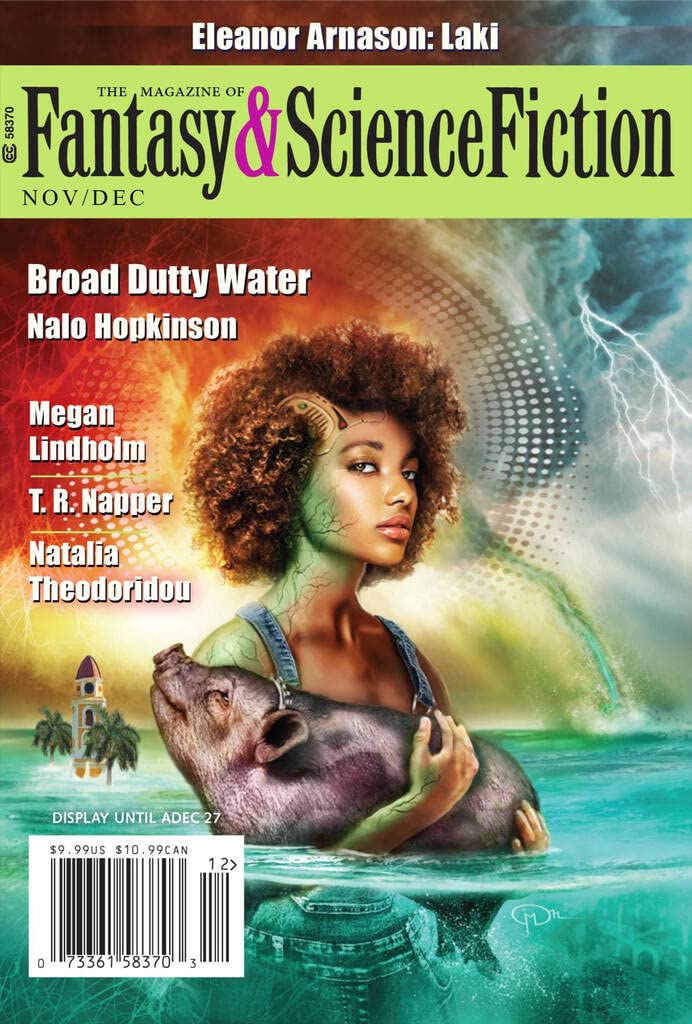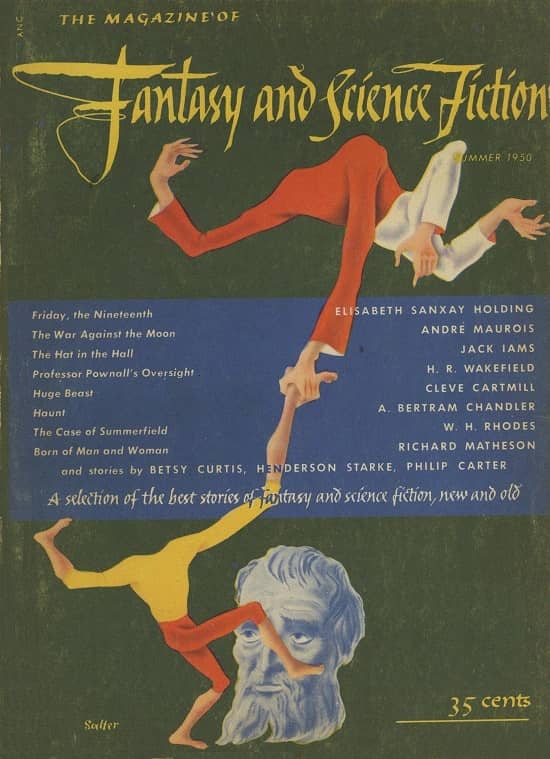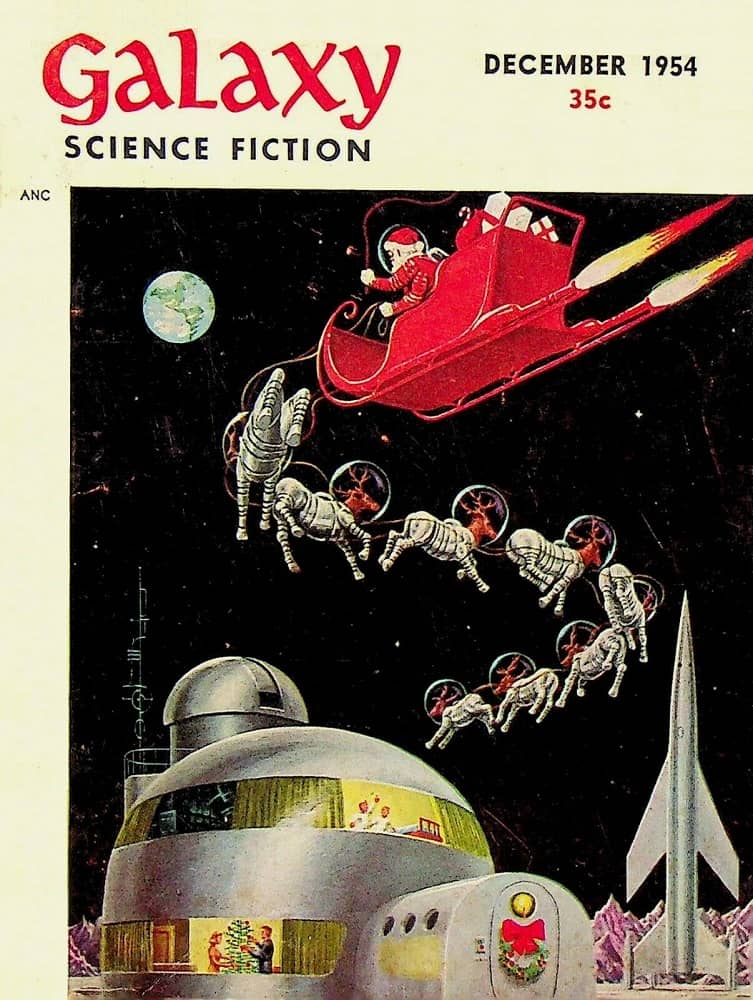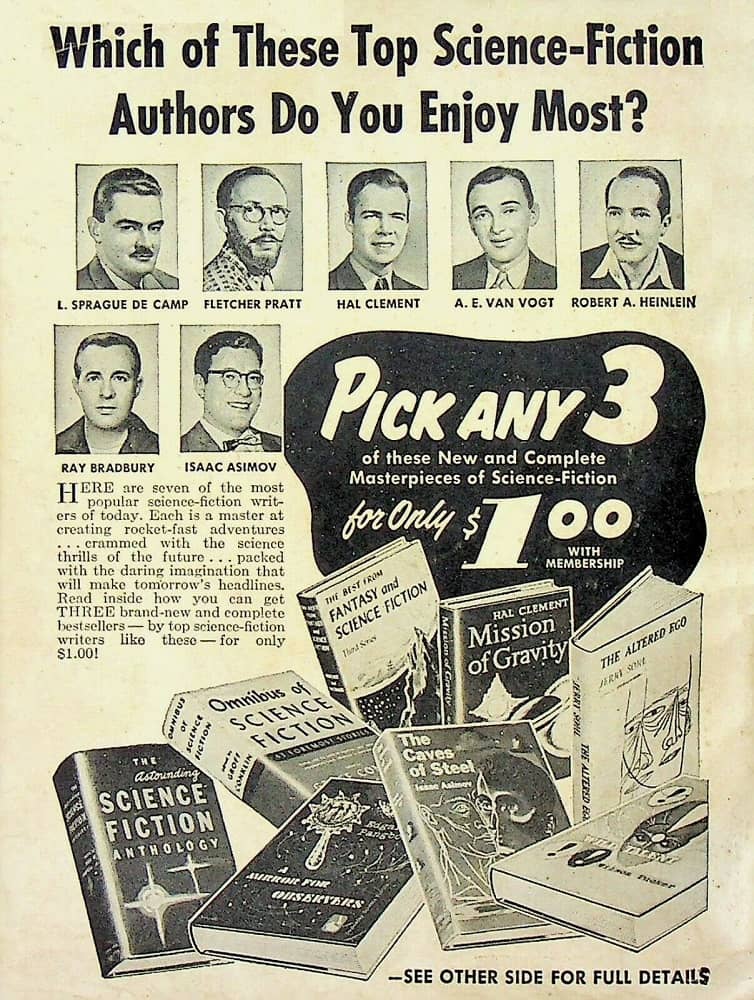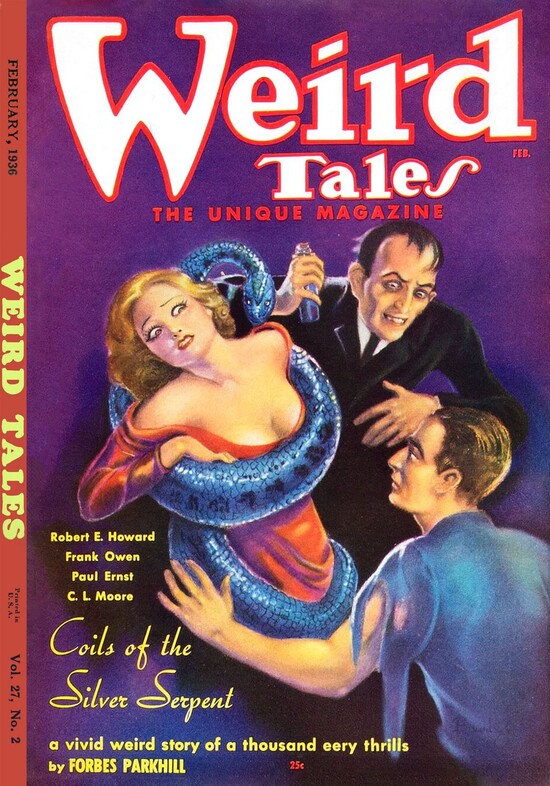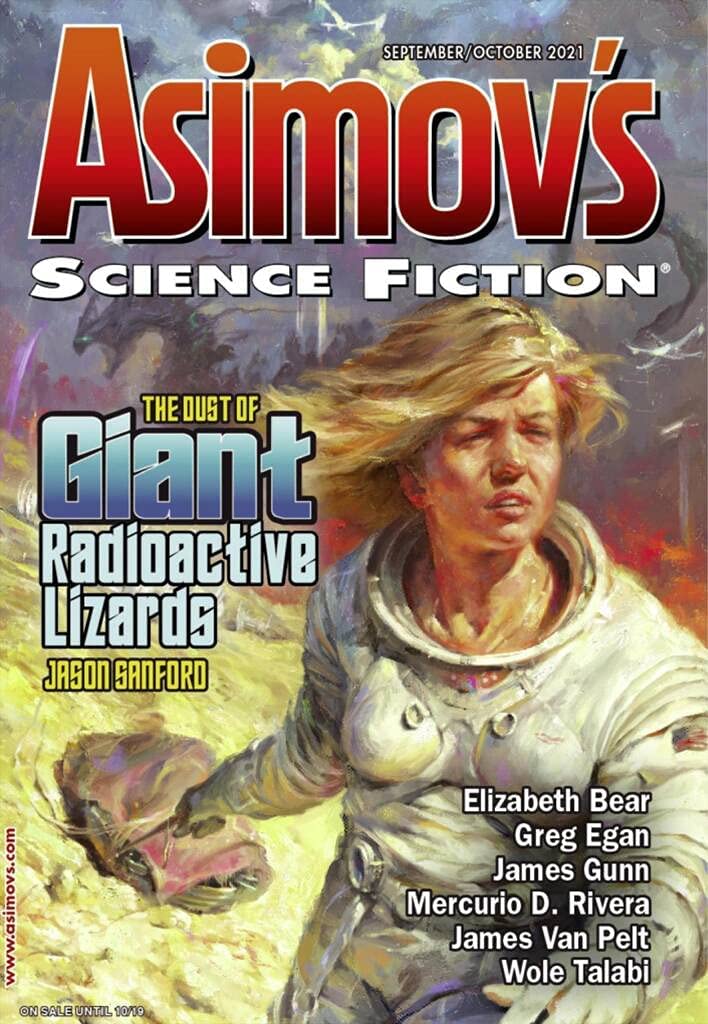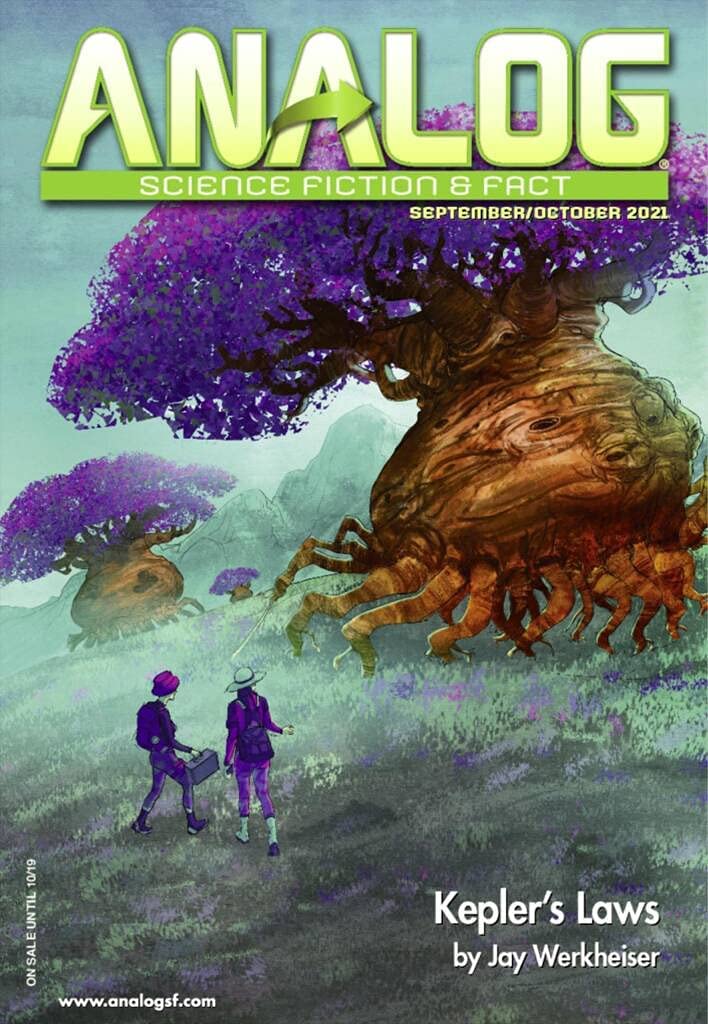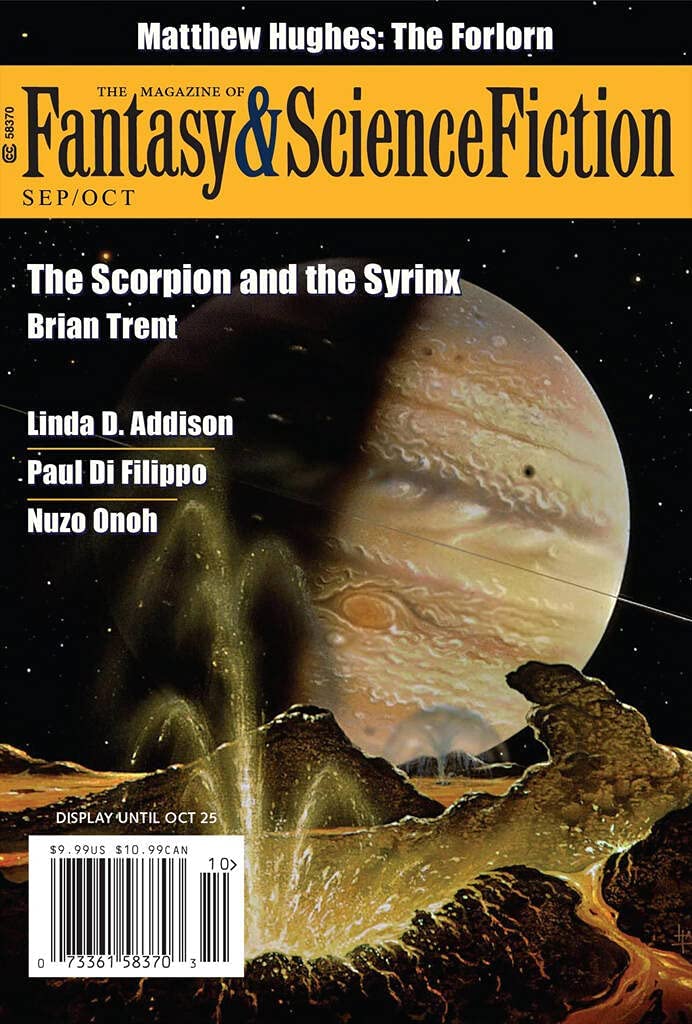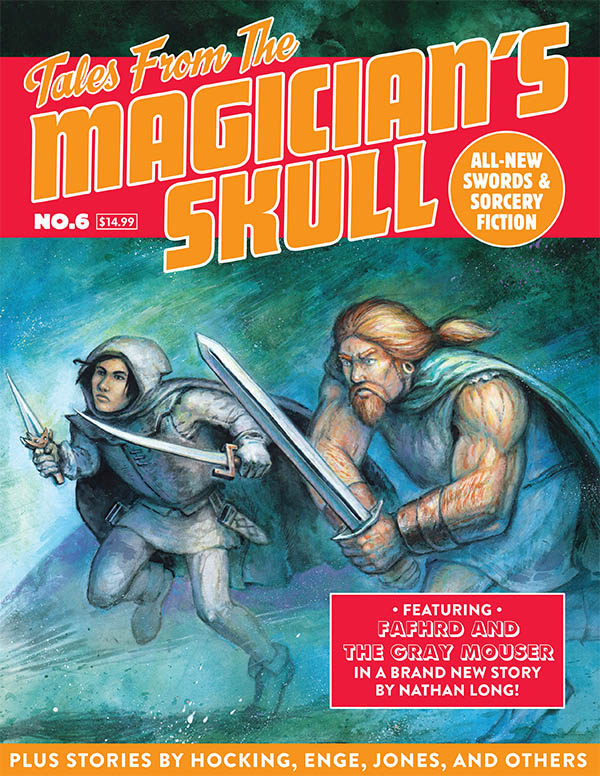Weird Horror #3 Now Available
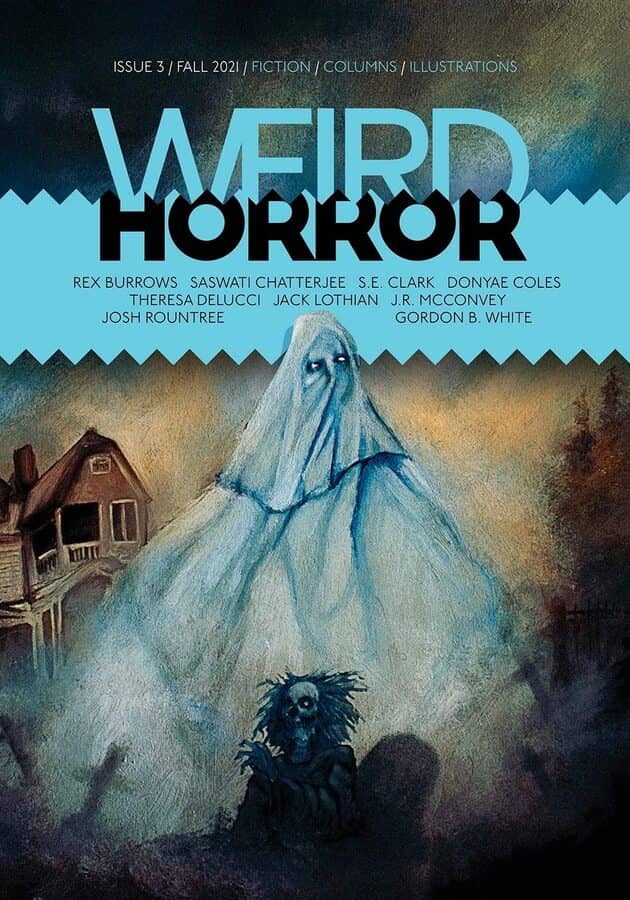 |
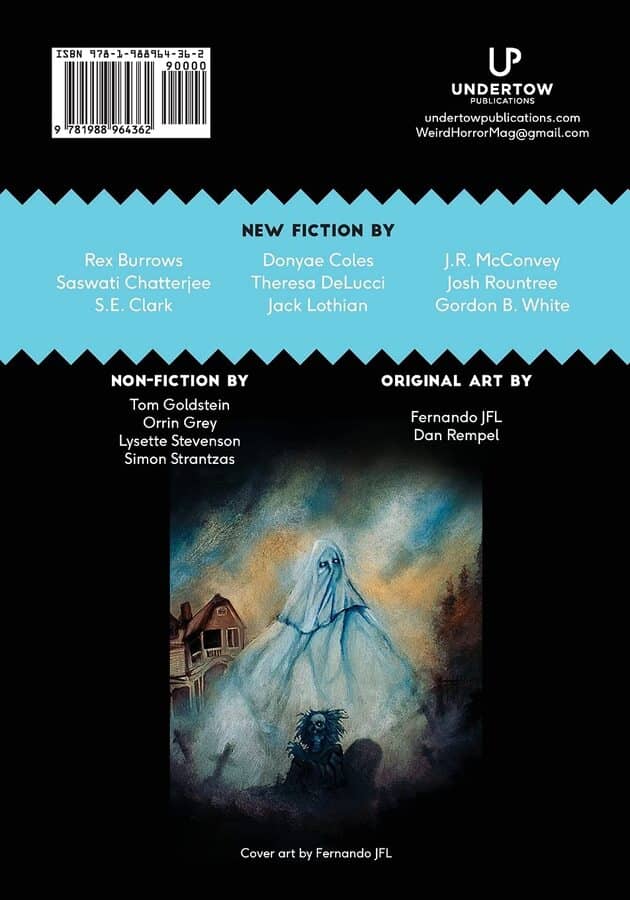 |
Weird Horror #3 magazine (Undertow Publications, October 12, 2021). Cover by Fernando JFL
Merry Christmas weird horror lovers!
I don’t know about you weirdos, but when it’s cold and snowy and the house is quiet I love to curl up by the fireplace with a cat in my lap and a creepy tome in my hand. The always reliable Undertow Publications have launched a brand new twice-yearly magazine, Weird Horror, edited by a man who’s demonstrated an excellent nose for the weird over the past decade, the distinguished Michael Kelly. The magazine is quickly becoming one of my favorite sources for wintry scares.
The first two issues appeared last October and in May, with stories by John Langan, Steve Toase, Suzan Palumbo, Stephen Volk, Catherine MacLeod, Mary Berman, and many more — plus reviews and non-fiction by Lysette Stevenson, Simon Strantzas, Orrin Grey, and others. The third issue was published right on time for Halloween this year, and it was near the top of my Christmas wish list.


